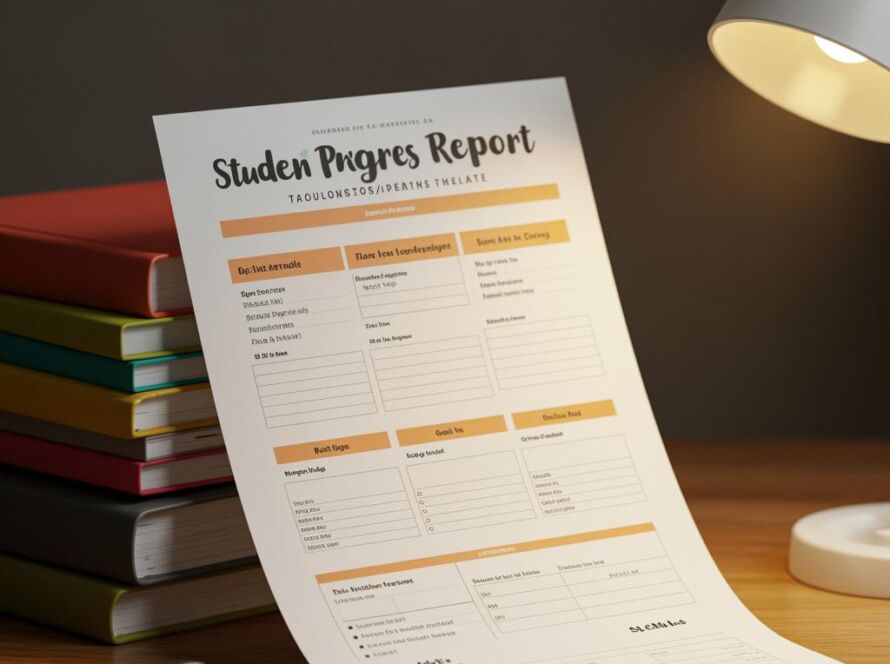Master Cooking Techniques: Your Ultimate Guide
Cooking Technique Guide: Mastering the Fundamentals
Welcome to the ultimate guide to essential cooking techniques. Whether you’re a beginner just starting your culinary journey or a seasoned home cook looking to refine your skills, understanding these fundamental techniques will elevate your cooking and empower you to create delicious meals with confidence.
Dry Heat Cooking Methods
Dry heat cooking relies on air or fat to transfer heat to food. These methods are ideal for achieving browning and creating crispy textures.
Roasting
Roasting involves cooking food in an oven, uncovered, allowing the dry heat to circulate evenly. This technique works wonders for vegetables, poultry, and larger cuts of meat. A key to successful roasting is choosing the right temperature and ensuring even cooking.
Baking
Baking uses dry heat in an oven to cook foods like bread, cakes, and pastries. Understanding oven temperature and baking times is crucial for achieving the desired results. Consider using an oven thermometer for accurate temperature readings.
Sautéing
Sautéing involves cooking food quickly over high heat in a small amount of fat. This method is perfect for smaller cuts of meat, vegetables, and delicate proteins like fish. Keep the food moving constantly to ensure even cooking and prevent burning.
Pan-Frying
Similar to sautéing, pan-frying uses a moderate amount of fat and slightly lower heat. This technique is ideal for browning larger pieces of meat or cooking foods that require a longer cooking time than sautéing. Ensure your pan is hot before adding the food to achieve a good sear.
Grilling
Grilling involves cooking food directly over high heat, imparting a smoky flavor and distinct grill marks. This method is perfect for meats, vegetables, and even fruits. Proper preheating and temperature control are key to successful grilling.
Moist Heat Cooking Methods
Moist heat cooking uses water or other liquids to transfer heat to food. These methods are ideal for tenderizing tougher cuts of meat and infusing flavors.
Boiling
Boiling involves cooking food in a liquid at its boiling point. This method is commonly used for pasta, rice, and vegetables. Adding salt to the boiling water can enhance the flavor of the food.
Simmering
Simmering involves cooking food in a liquid just below its boiling point. This gentle cooking method is ideal for soups, stews, and sauces, allowing flavors to meld and develop over time.
Steaming
Steaming involves cooking food with the steam generated by boiling water. This method is a healthy way to cook vegetables, fish, and dumplings, preserving nutrients and delicate flavors.
Braising
Braising combines browning and simmering. Food is first seared in fat, then cooked slowly in a small amount of liquid. This technique is perfect for tougher cuts of meat, resulting in tender and flavorful dishes.
Combination Cooking Methods
Combination cooking methods utilize both dry and moist heat techniques to achieve optimal results.
Stewing
Stewing involves browning ingredients, then simmering them in a larger amount of liquid than braising. This method is perfect for hearty dishes and allows flavors to meld together beautifully.
Knife Skills Essentials
Mastering basic knife skills is crucial for efficient and safe cooking. Proper knife skills contribute to even cooking and enhance the presentation of your dishes.
Chopping
Chopping refers to cutting food into roughly equal-sized pieces. A sharp knife and a stable cutting board are essential for safe and efficient chopping.
Dicing
Dicing involves cutting food into small, uniform cubes. This technique is essential for creating consistent textures and ensuring even cooking.
Mincing
Mincing is a fine chopping technique used to create very small pieces of food. This technique is often used for garlic, herbs, and other aromatics.
Flavor Building Techniques
Building layers of flavor is the key to creating delicious and memorable dishes.
Layering Flavors
Start with aromatics like onions, garlic, and ginger. Build complexity with spices, herbs, and other seasonings. Don’t forget the importance of acidity, which can brighten and balance flavors.
Seasoning
Proper seasoning is crucial for bringing out the natural flavors of your ingredients. Salt is the foundation of good seasoning, enhancing sweetness and balancing other flavors. Don’t be afraid to experiment with different herbs, spices, and seasonings.
Conclusion
By understanding and practicing these fundamental cooking techniques, you’ll gain confidence in the kitchen and elevate your cooking to new heights. Remember that cooking is a journey of continuous learning. Embrace experimentation, and don’t be afraid to try new things. Happy cooking!



